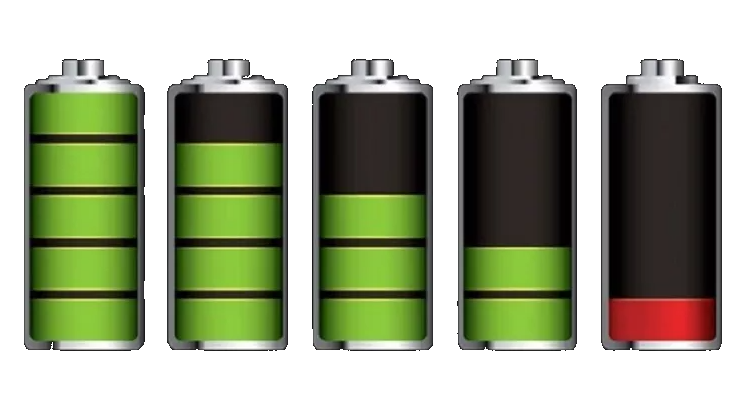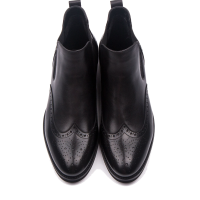Some recommendations for the use of rechargeable batteries.

When charging batteries, follow these guidelines:
- When charging the battery, connect the charger connector to the battery first and then to the AC outlet;
- After the battery is fully charged, turn off the AC power and then disconnect the battery.
- If you disconnect the battery from the charger first, during charging, especially when the charging current is high (red light), the charger can be easily damaged.
- When the charger LED indicator turns green, continue charging for 2-3 hours to balance the battery cells (for lithium batteries).
- Please use the charger and battery in a dry place, avoid overheating and hypothermia.
- Use CC/CV (constant current/constant voltage) chargers.
- Please try not to charge the battery immediately after the battery is depleted. Let it cool down.
- Please do not charge the battery while it is being discharged. It must be understood that the battery can either be charged or discharged. Otherwise, you risk damaging the battery.
- Use modern chargers with a full range of charge cycles.
- Do not discharge the battery below the discharge voltage limit specified for the specific battery.
- If you need to store the battery for a long time, leave the battery charged at 40-50%.
- Please do not use Li-Ion batteries in lead-acid UPS/Inverters without deep modification of the latter.
- Use a LiFePo4 battery and there will be little or no modification to the UPS/Inverters.

Recommendations for the discharge (operation) of batteries:
- Heat will increase battery performance, but every 10°C above 25-30°C will cut battery life in half. It is recommended to keep the battery in a cool place.
- Don't over-discharge.
- For heavy loads and repeated deep discharges, using a larger capacity battery will minimize stress.
- Discharging with a moderate DC current is better for the battery compared to pulsed and high short-term loads.
- A battery shows the properties of a capacitor when discharged by a high frequency current. This allows higher peak currents to be used compared to DC discharge.
- Nickel-based and lithium-based batteries have high chemical performance; lead-acid ones are slow and take a few seconds to recover between heavy discharges.
- Approaching the boundary levels of charge and discharge is degrading for all electrochemical batteries.
1 reviews / Write a review
Related Articles
Last Articles

26/12/2023
1536
Classification of men's classic shoes
It is impossible to imagine an elegant and confident man without a pair of good shoes. Stylish, and most importantly, correctly selected shoes will highlight your individuality and create a successful..
→

26/12/2023
2597
Classification of women's shoes
Fashionable misconceptions have been dispelled. Now you will know exactly how boots differ from shoes, and moccasins from slip-ons. Especially for you, we have prepared a shoe guide that will allow yo..
→

04/10/2023
1723
About iPhone 14
About iPhone 14 - the best choice for everyone
Introduction
Apple continues to delight its fans with innovative devices, and the iPhone 14 is no exception. This new generation smartphone will br..
→

28/09/2023
1850
About iPhone 15
About iPhone 15: the latest technology in your hands
Features of iPhone 15
iPhone 15 is the latest innovation from Apple, representing the newest technology in smartphones. It has incredible..
→
